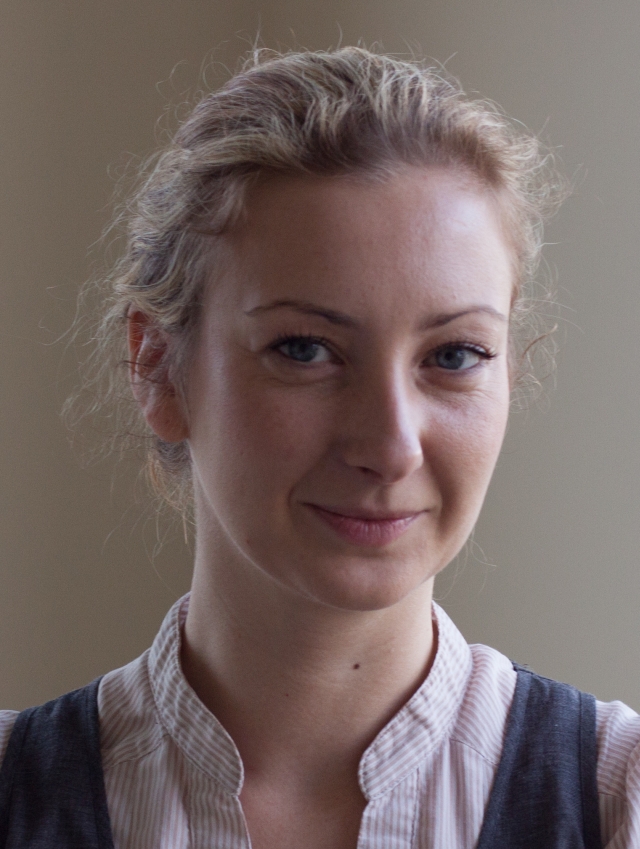Anna Leontjeva PhD thesis defence "Using Generative Models to Combine Static and Sequential Features for Classification" (supervisors Prof. Marlon Dumas and Prof. Jaak Vilo from Institute of Computer Science of UT). The opponents are PhD Jaakko Hollmén (Aalto University, Finland) and Prof. Alessandro Sperduti (University of Padova, Italy).
Nowadays, major part of our daily activities takes place online, whether we chat in social networks, do shopping, manage our bank accounts. Often such online activities are accompanied by financial transactions, where the suspicious activity is often present. Providers of the services try their best to protect their clients, but it is a challenging task as fraudulent users come up with new schemes and change their strategy. Most of these online activities can be recorded. This data can be used to automate the procedure of fraud detection. Data come from different sources and in different form. Some data include static attributes that do not change over time; some data are sequential, meaning that they capture client behavior over time. In order to build a model that automatically discriminates between clients and fraudulent users we want to incorporate all of the available data in a way that improves the detection. Capturing fraudulent activity is just one example out of the wide variety of problems that can be solved with automatic classification technique.
In this thesis we investigate how to use different types of data, such as sequential and static attributes, and fuse them together to improve the classification. We apply various data fusion strategies on three tasks. One is the fraudulent user detection problem, while second is the discrimination between imaginary movements of patients using their brain activity signals. The third problem is early prediction of the outcome of the business processes, where the earlier we are able to predict whether the business process ends up being a failure, the better the chances are to intervene timely and change an undesired outcome. The results in our work suggest that the developed approach compliments the existing techniques and it can be useful for other real-world problems.
